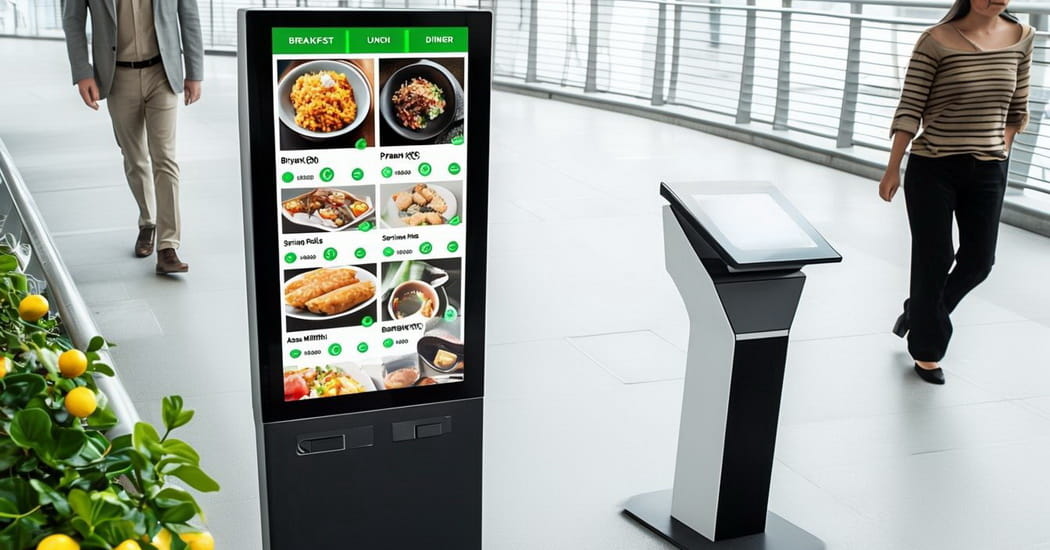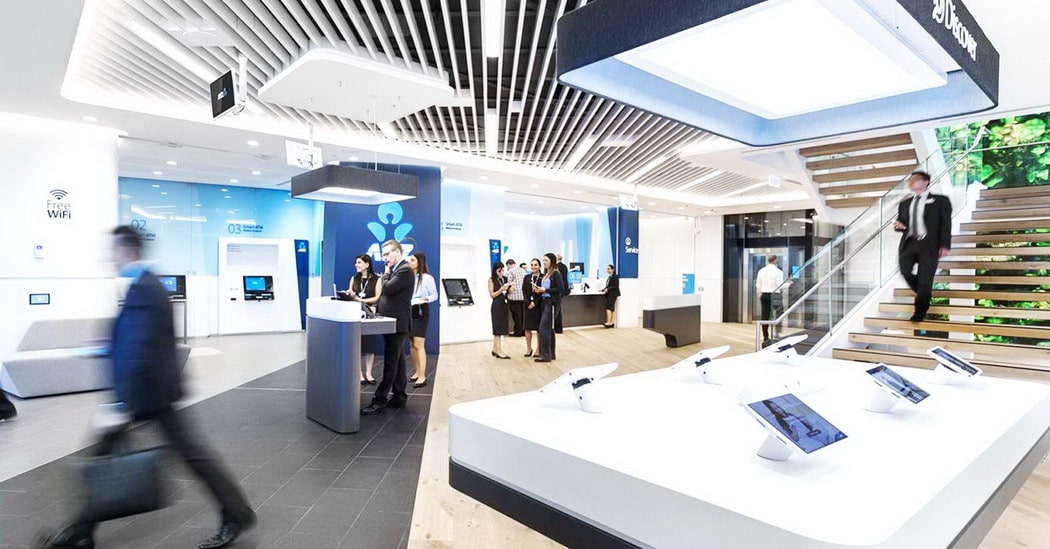
Understanding LVDS Interface: A Comprehensive Guide
As the demand for high-performance display systems continues to grow, LVDS Interface has emerged as a crucial technology that has revolutionized the way data is transmitted in LCD technology. In this comprehensive guide, we'll uncover the secrets behind LVDS Interface, shedding light on its low power consumption, high-speed transmission capabilities, and superior noise immunity. By the end of this article, readers will have a deep understanding of why LVDS Interface has become the go-to solution for a wide range of display applications, from computer monitors to smart appliances.
Low-voltage differential signaling (LVDS Interface) has been a go-to specification for over ten years now, finding its way into various LCDs such as computer monitors, TVs, and even smart appliances. Its prevalence in LCD technology is undeniable; in this article, we’ll take a closer look at LVDS Interface to shed light on why it has become such a widely used technology.
What is LVDS Interface?
LVDS (Low Voltage Differential Signaling) interface, also known as RS-644 bus interface, is a data transmission and interface technology proposed in the 1990s.
The LVDS interface is a digital video signal transmission method developed by NS National Semiconductor Corporation of the United States to overcome the shortcomings of large power consumption and large electromagnetic interference when transmitting broadband high-bit-rate data in TTL level mode. Due to its low-voltage and low-current drive method, low noise and low power consumption are achieved.

LVDS technology has the characteristics of low power consumption, low bit error rate, low crosstalk, and low radiation. Its transmission medium can be a copper PCB connection or balanced cable. LVDS has been more and more widely used in systems that require high signal integrity, low jitter, and common mode characteristics, and is commonly used in LCD TVs, and touch computer monitor.
Interface circuit type
Like the TTL interface, the LVDS interface circuit is also divided into two modes: single-channel RGB data transmission and odd/even pixel dual-channel RGB data transmission (also known as single-port LVDS, dual-port LVDS, 1-pixel LVDS, and 2-pixel LVDS).
If the number of output bits (6bit, 8bit, 10bit) is considered, the types of LVDS interface circuits can be divided into the following types:
(1) Single 6-bit LVDS bit interface
It is used to drive a 6-bit LCD panel and transmit RGB data in a single channel. Also known as 18-bit (6 bits each for R, G, and B) LVDS interface.
(2) Dual 6-bit LVDS interface
It is used to drive a 6-bit LCD panel and transmit RGB data in a dual way of odd/even pixels. Also known as 36-bit (6 bits for odd/even RGB) LVDS interface.
(3) Single 8-bit LVDS bit interface
It is used to drive an 8-bit LCD panel and transmit RGB data in a single way. Also called the 24-bit LVDS interface.

(4) Dual 8-bit LVDS interface
It is used to drive 8-bit LCD panels and use odd/even pixel dual ways to transmit RGB data. Also called a 48-bit LVDS interface.
(5) Single 10-bit LVDS interface
A single 10-bit LVDS interface is used to drive a 10-bit LCD panel and transmit 10-bit RGB data (RO~R9, GO-G9, B0~B9) in a single channel.
(6) Dual 10-bit LVDS interface
Dual 10-bit LVDS interfaces are used to drive 10-bit LCD panels and use dual-channel transmission of 10-bit RGB data (odd channels: RO0~RO9, GO0~G09, B00~B09, even channels: REO~RE9, GEO~GE9, BEO~BE9).
Benefit of LLVDS Interface
High-speed transmission capability.
The LVDS standard in the definition of ANS/EIA/EIA-64 has a theoretical limit rate of 1.923 Gbps. The constant current source mode and the low-swing output operating mode determine that IVDS has high-speed driving capability.

Low power consumption characteristics.
LVDS devices are implemented using CMOS technology, and CMOS can provide lower static power consumption; when the drive current of the constant current source is 3.5mA, the power consumption of the load (100Ω terminal matching) is only 1.225mW; the power consumption of LVDS is It is constant and does not rise with respect to a frequency like the dynamic power consumption of CMOS transceivers. The drive design of the constant current source mode reduces the system power consumption and greatly reduces the influence of frequency components on power consumption. Although the power consumption of CMOS is lower than that of LVDS when the rate is low, as the frequency increases, the power consumption of CMOS will gradually increase, and eventually, it will consume more power than LVDS. Generally, when the frequency is equal to 200MSps, the power consumption of LVDS and CMOS is about the same.
The power supply voltage is low.
With the development of integrated circuits and the demand for higher data rates, low-voltage power supplies have become urgently needed. Reducing the supply voltage not only reduces the power consumption of high-density integrated circuits but also reduces the heat dissipation pressure inside the chip, which helps to improve the integration. The driver and receiver of LVDS do not depend on specific supply voltage characteristics, which determines its peak in this regard.
Strong anti-noise ability.
The inherent advantage of differential signals is that noise is coupled in a common mode on a pair of differential lines and subtracted in the receiver to eliminate noise, so LVDS has a strong ability to resist common mode noise.
Effectively suppress electromagnetic interference.
Because the polarities of the differential signals are reversed, the electromagnetic fields radiated by them can cancel each other out. The closer the coupling, the less electromagnetic energy is released to the outside, which reduces EMI.

The timing positioning is accurate.
Because the switching change of the differential signal is at the intersection of the two signals. Unlike ordinary single-ended signals that rely on high and low threshold voltages to judge, they are less affected by process and temperature, which can reduce timing errors and facilitate the efficient transmission of high-speed digital signals.
Adapt to the wide range of ground plane voltage variation.
The LVDS receiver can withstand a voltage change of at least ±1V between the driver and the receiver. Since the typical bias voltage of the IVDS driver is +1.2V, the sum of the voltage variation of the ground, the bias voltage of the driver and the noise coupled to it lightly is the common-mode voltage at the input of the receiver relative to the driver’s ground. When the swing does not exceed 400mV, the common mode range is +0.2V~+2.2V. Furthermore, under normal circumstances, the input voltage range of the receiver can vary from 0V to +2.4V.
In Conclusion
To recap, LVDS is a specification used to send and receive data with LCDs. It differs from other specifications by leveraging the power of voltage differences. With LVDS, data is transmitted using voltage differences, allowing for little or no interference along with low power consumption. Of course, LVDS is still a relatively new specification that’s only been around a little over a decade. During that time, however, it’s become an increasingly popular alternative to existing specifications on the market.
Closely related post:
Latest updated post:
Latest products:


















